Ear piercings in Singapore
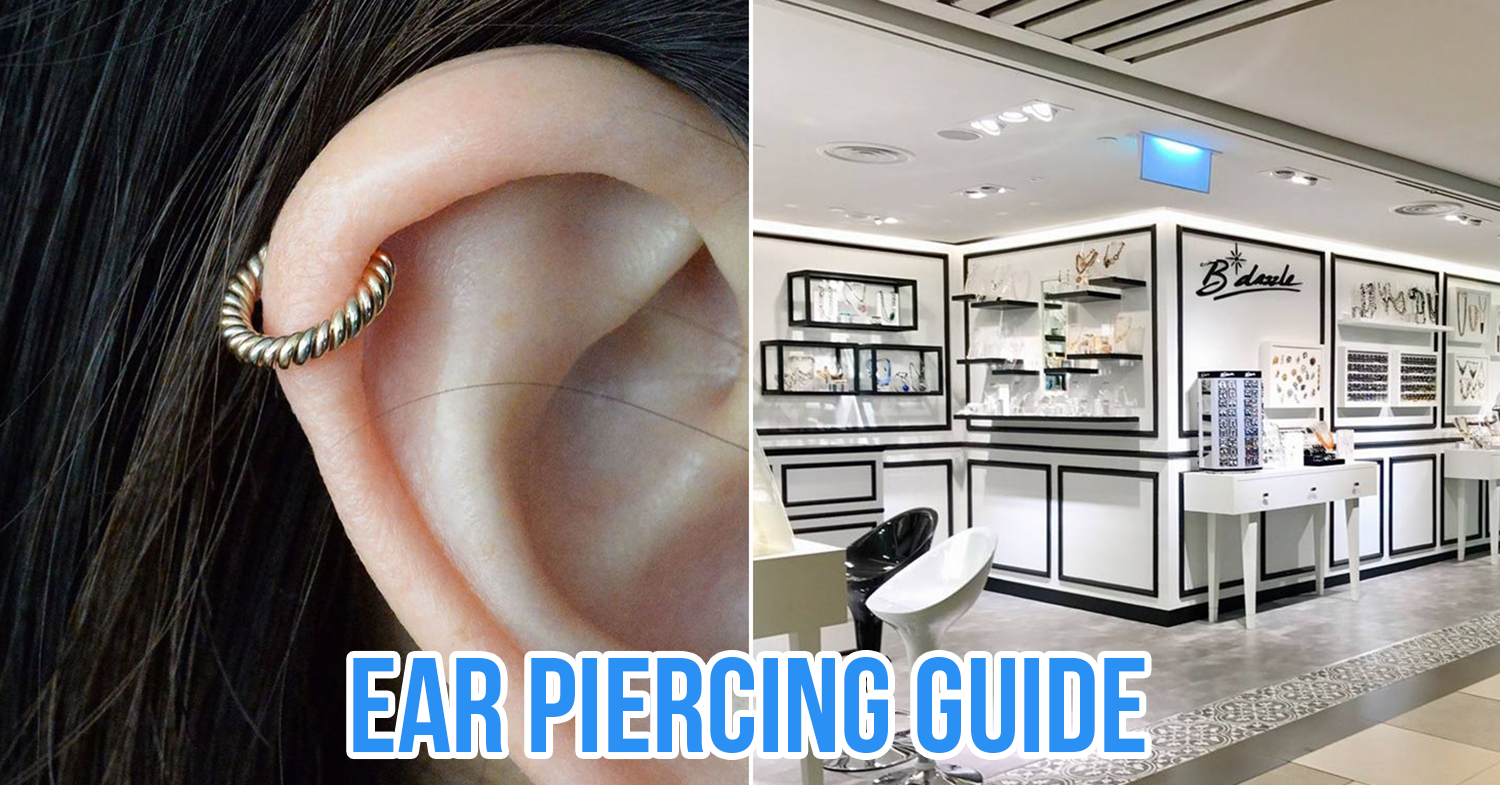
Getting an ear piercing is an exciting affair, because that means you’ve gained one additional place on your body to bling up – giving you more options when it comes to dressing up in different types of outfits.
Here’s a guide for first-timers on the different types of ear piercings, where you can get them done in Singapore, as well as the proper aftercare steps to ensure a smooth healing process.
Types of ear piercings and which ones hurt least
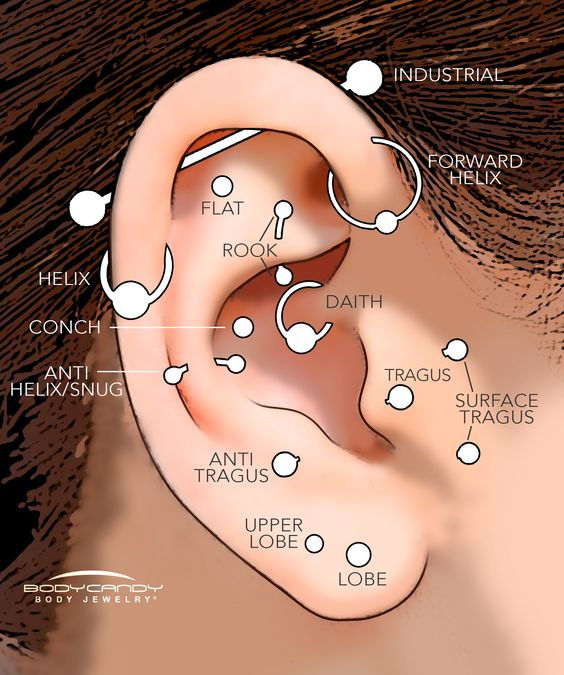
Image credit: BodyCandy
Pretty much any part of the ear can be pierced, if you’re daring enough. The most commonly seen are lobe piercings, which hurt the least because they’re on the fleshiest part of the ear.
Any sort of cartilage piercing – basically anywhere other than the lobe – would be significantly more painful, especially so for areas like the conch, daith, and flat. Highest on the pain scale would be an industrial piercing, as it’s 2 piercings connected by a long bar – that means double the pain at once.
In general, ear piercings aren’t that painful. Compared to taking an injection or getting bitten by a red ant, they’re somewhere along the same spectrum. In fact, the pain only lasts a couple of days at the most if you care for it well and take the necessary steps to prevent infections from happening.
Going blind because of a helix ear piercing – true or false?
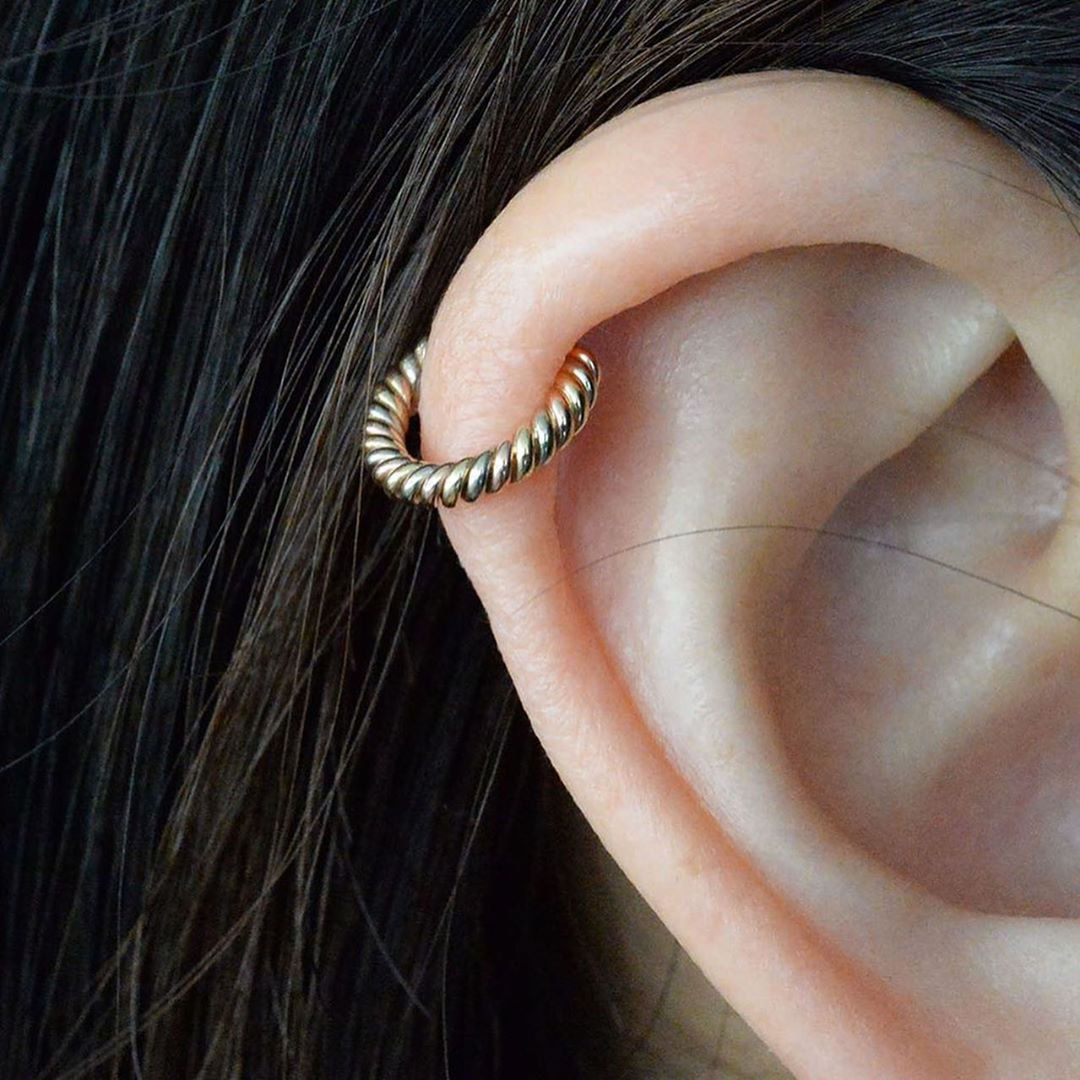
Image credit: @gate_bridge
Growing up, you might have heard your friends or parents mention that you might go blind with a helix piercing – this is absolutely untrue. There’s no connection between your ear cartilage and your retina, and a quick Google search will show you…nothing. We’re guessing this was probably some old wives’ tale created into scaring kids out of getting a punk makeover.
The only thing you should be worried about with regard to a helix piercing – or any other sort of cartilage piercing, for that matter – is if that there is a small possibility that your cartilage might shatter from impact if a piercing gun is used.
In such cases, it is better to go with a handheld piercing cartridge or needle. If the store is legit, they should already be using the best methods for the type of piercing chosen – check their credentials and tools beforehand just to be sure.
Where to get an ear piercing in Singapore
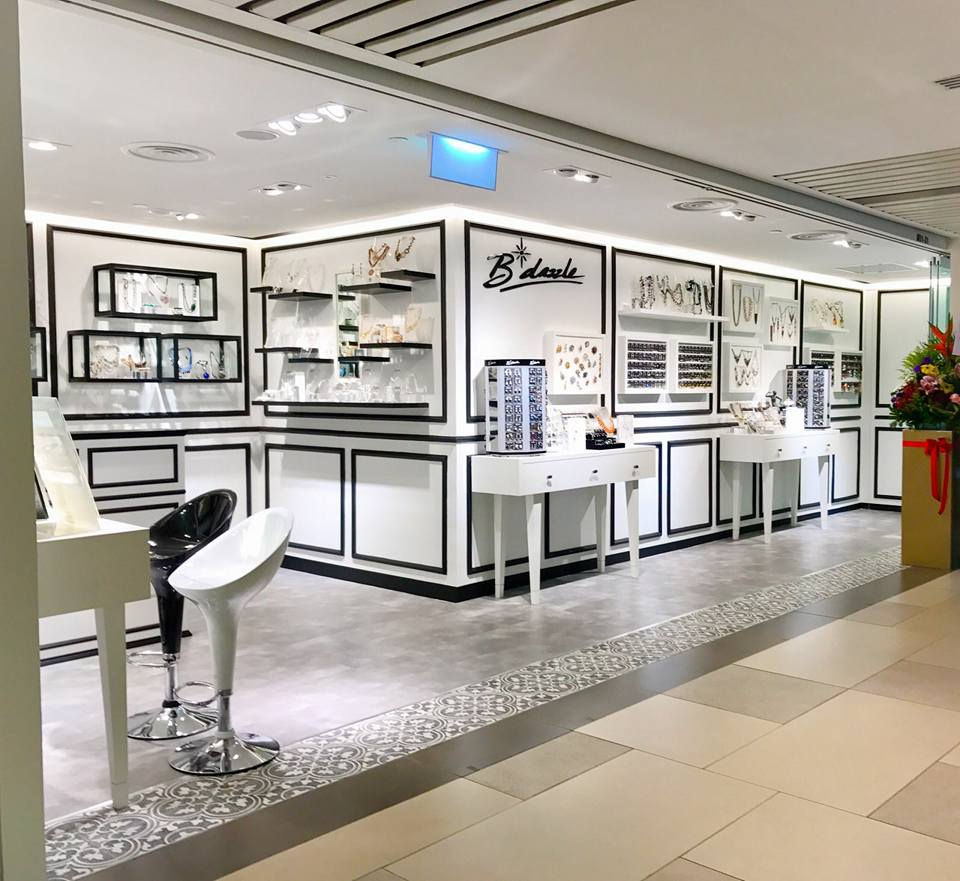
Image credit: B*dazzle
Most goldsmiths in Singapore like Goldheart and Ho Bee can do simple ear piercings for the lobe, with prices ranging an average of $30 – $40. The price you’re paying includes the cost of the earstuds, which are made from actual gold.
For trickier piercings on the cartilage, you will have to go to shops that specialise in piercing services. B*dazzle is one popular choice, as it has been around for over 3 decades and uses surgical-grade earstuds. Some tattoo shops at Far East Plaza also offer piercing services, such as Primitive Art Piercing & Tattoo.
Prices at these places would generally be steeper (from $50 onwards), but you can expect to be attended to by experts and not have to worry about hygiene issues.
Of course, you can also get ear piercings for the cheap price of $5 – $10 at small accessory shops in malls, but do so at your own risk. These places may have dubious cleanliness standards and those carrying out the piercings may not be properly trained for the job.
Find out more about where to pierce your ears in Singapore.
What type of earrings to get
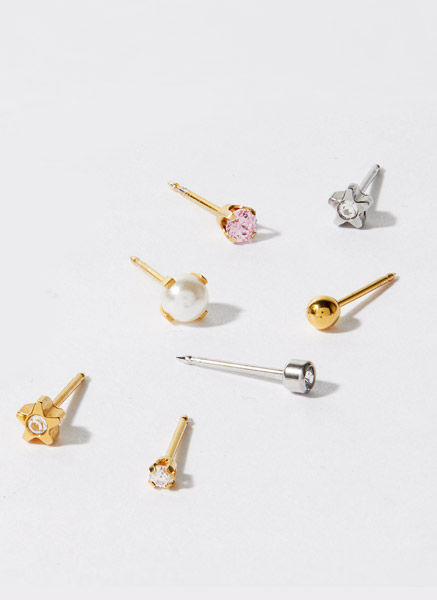
Image credit: Accessorize
You’ll first begin wearing a pair of starter earrings from the piercing store. These are nickel-free hypoallergenic ear studs made from surgical stainless steel, titanium, genuine gold, or sterling silver. If a gun or piercing cartridge is used, these will be the very studs used to create the piercing. These usually come with simple designs like tiny balls, stars, or flowers, and sometimes include a gemstone.
It’s a good idea to pick something smaller for starters, so you can let the piercing “breathe” better as it heals.
After the piercing heals, you can try experimenting with other types of earrings to see how your skin will react. If your ears feel itchy after switching types, that means they’re just not compatible with cheaper accessories from pasar malams or Taobao, and you’ll have to stick to the pricier hypoallergenic sort.
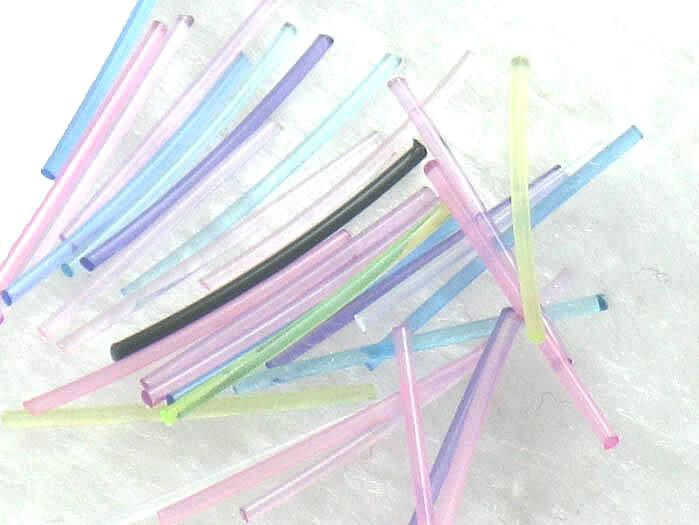
Image credit: skyclouds
If you don’t want your piercings to be visible but also don’t want them to close, opt for transparent ear sticks. This is a good idea for those who have a strict work or school environment, but love glamming up during the weekends.
Aftercare for pierced ears
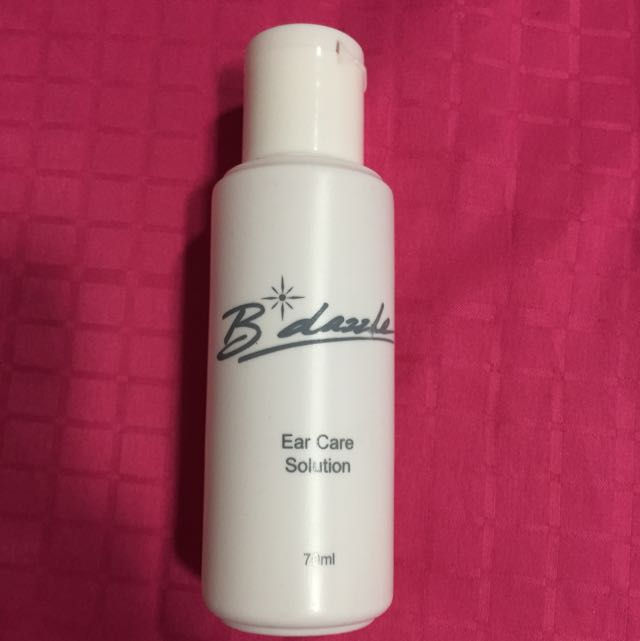
Image credit: thediscountedstore
Aftercare for pierced ears is of paramount importance, as it makes a world of difference as to whether they’ll heal properly.
The piercing store would likely provide you with a bottle of antiseptic solution for free, or sell it to you at an affordable price of around $10. Use that religiously twice a day until the piercing heals to prevent infections. It might sting a little at the start, but it won’t be anything unbearable.
Because an ear piercing is a wound of sorts, you can expect some dried blood around it – which may cause the ear stud to get stuck in place. To prevent that from happening, it will help to gently rotate the ear stud clockwise and anti-clockwise at least once a day.
After about a week or two, you should remove the ear stud and clean it with soap and warm water, as well as your ear. This might cause some bleeding, but it is a necessary evil. If you don’t do this, there will be dried blood and dead skin forming a crusty layer, increasing the risk of infection.
It’s also important to regularly clean your ear piercings even after they have fully healed, because sebum and dirt can get trapped in that minuscule hole – again creating the perfect scene for possible infections and funky smells. Again, a cotton bud with some soap and water will do the trick, but if you want to be super thorough, guess what: piercing floss actually exists.
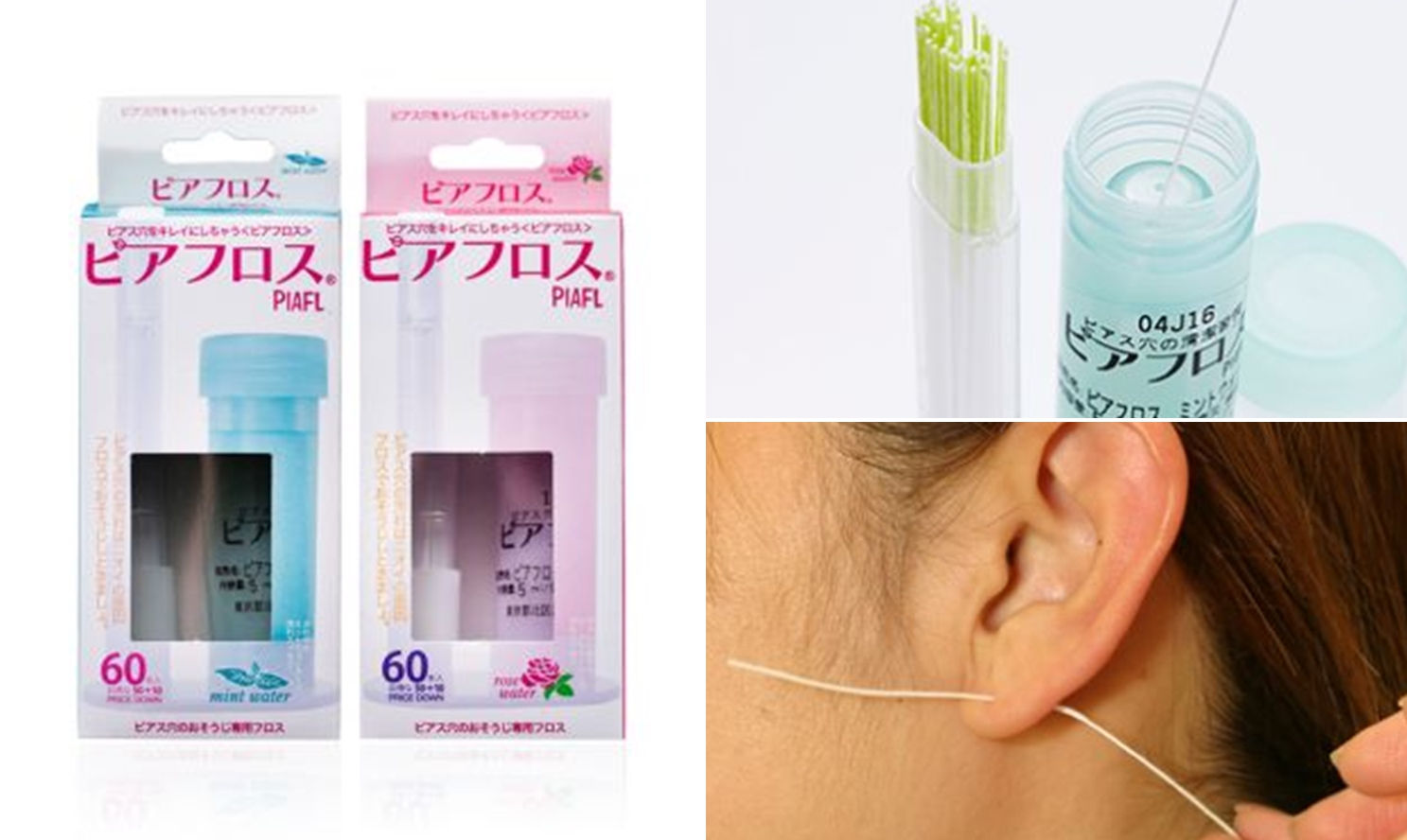
You can drip the solution directly onto the ear piercing from the bottle, or apply it using a cotton bud
Image adapted from: i-japan
You can get it from Japanese brand Piafloss, which is being sold on Shopee and qoo10. Each tube has 60 floss strands and you probably wouldn’t need to do this on a daily basis, so that’ll last you quite some time. There’s a cool minty version as well as a rose-scented one.
To prevent your piercings from closing, It is recommended to keep your ear studs on for the first 6 months after your ears have been freshly pierced (slightly longer if you have a cartilage piercing). Yes, even when you’re asleep.
If removing them for cleaning, try not to go more than a couple of hours without, because if you wait too long, the hole might start to close partially – and forcing the studs in once again will hurt a little.
Bad news for those who enjoy sleeping on their side: You may not be able to do this for a while – especially so for trickier ones like the conch or daith, which takes a longer time to heal. The friction caused might cause the piercing to continue bleeding.
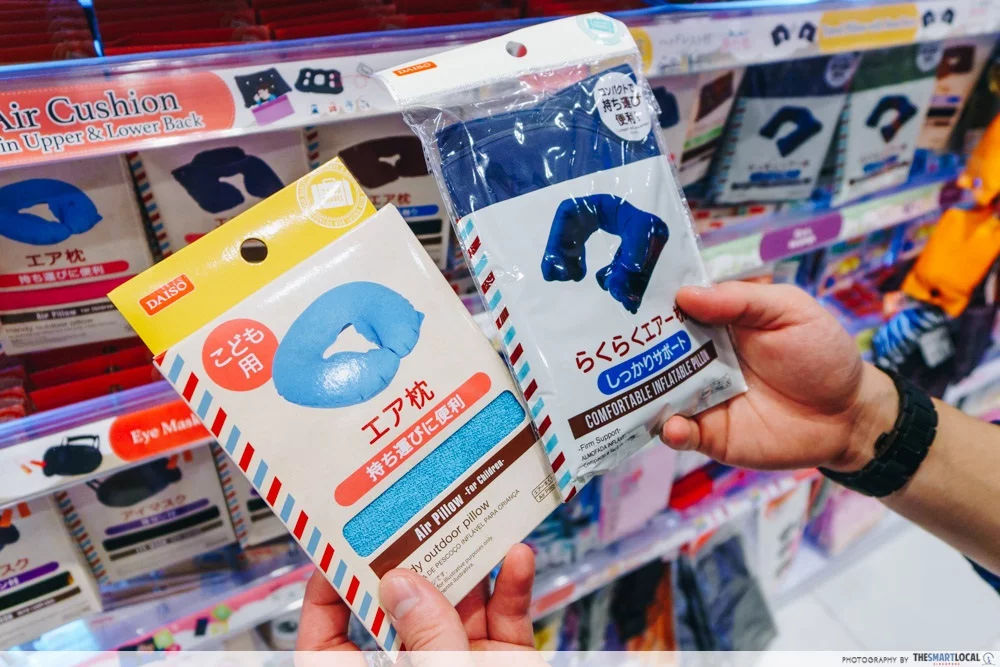
But here’s a pro tip I learnt through blogger queen Xiaxue’s Instagram stories, based on her own experience: Try sleeping on a large soft neck pillow if you die die have to sleep on your side. While it provides support to your neck, your ear will be in the “hole” of the pillow, and thus remain undisturbed as you slumber.
If by some chance your piercing does get infected, visit a doctor to see if a stronger antiseptic solution than the one you already have can be prescribed. Based on the severity of the infection, you might be advised to let the piercing close – a painful decision to make, but one that will be best in terms of your wellbeing. Infected piercings that aren’t dealt with can result in further serious complications.
The good news is, getting an ear piercing re-done after it closes is possible.
Ear piercings in Singapore
You want to make sure that your ear piercings are done at reputable stores with staff that are trained to do a good job. But on top of that, you also have to pay special attention to aftercare – ear piercings that end up closing are usually because of infections due to a lack of proper hygiene. Keep the area clean and it’s unlikely you’ll go wrong.
All the best to those who are piercing their ears for the first time!




